I. The Journey of Redemption
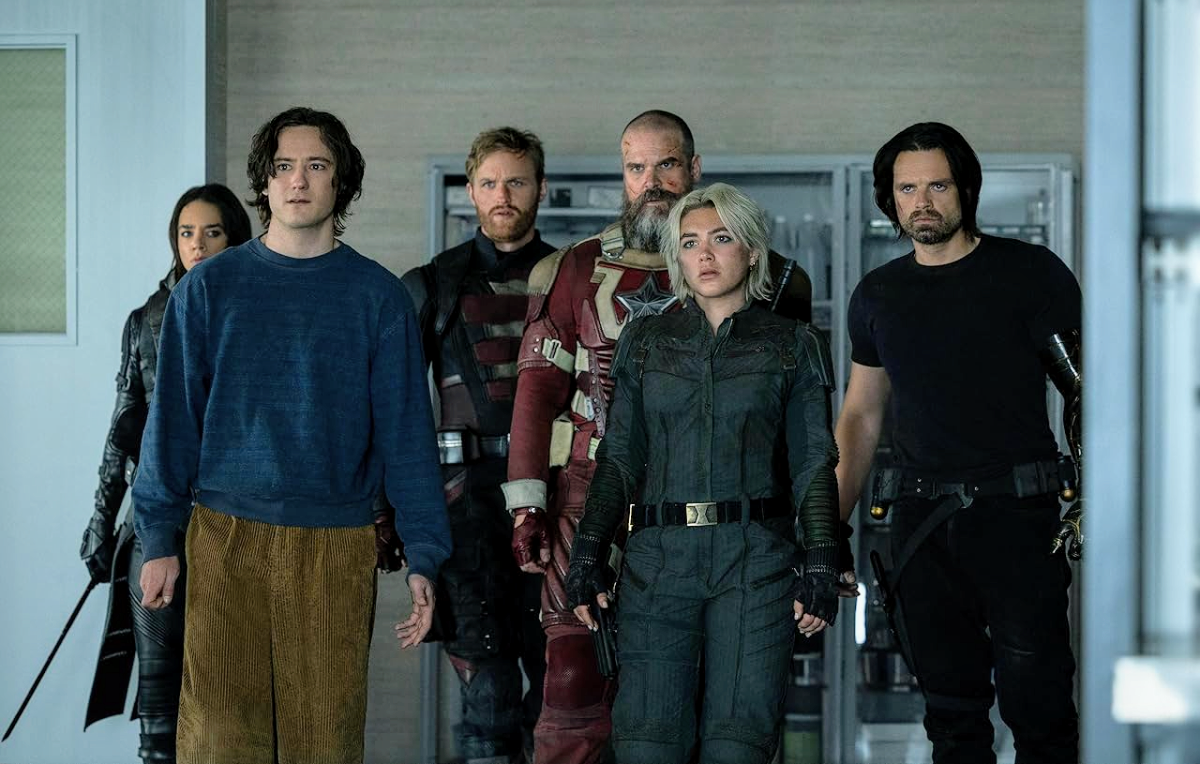
A group of "failures" rejected by the mainstream hero system — the alcoholic second-generation Black Widow Yelena, the disgraced agent John Walker, the quantum-phased Ghost Ava Starr, the washed-up Soviet supersoldier Red Guardian, and the unstable experiment Bob (Sentry) — are recruited by CIA Director Valentina Allegra de Fontaine for black-ops missions to eliminate "dangerous elements."
But when they break Bob out of a desert prison, they discover they are the real targets. As the dark persona "Void" within Bob awakens, the team is thrown into a brutal confrontation with a mechanical army in the Arctic. During this, they uncover Valentina’s grand scheme to control super-soldier programs.
In the end, they don’t defeat evil with violence, but by forming a circle and telling Bob "You’re not a monster", shattering his self-loathing. In the void above New York, they perform a powerful act of collective emotional redemption.
🔥Memorable Scenes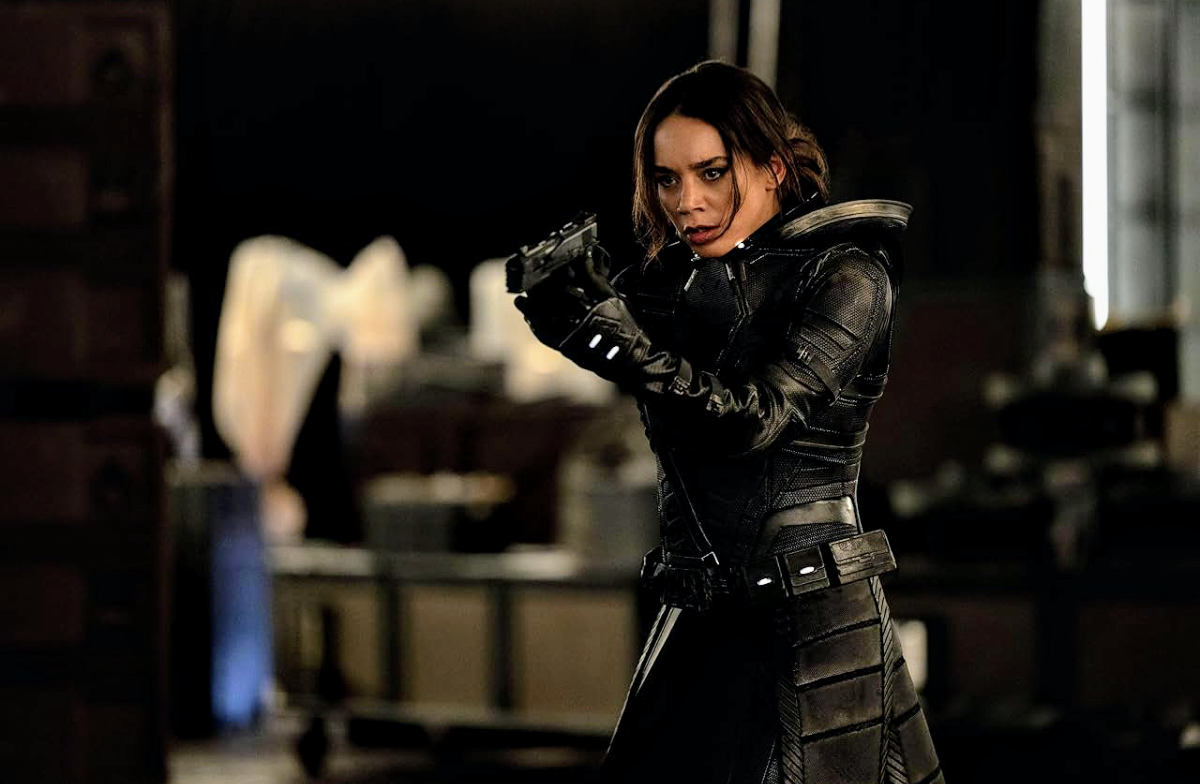
- 678-meter Freefall: Yelena’s leap from the Merdeka 118 skyscraper in Kuala Lumpur is shot without CGI. The raw realism externalizes her inner depression and suicidal ideation. Florence Pugh performed the stunt herself — her calm, zen-like demeanor during the fall marks her turning point from self-destruction to rebirth.
- Tactical Symphony on Ice: In the Arctic battle, Ghost’s quantum phasing, Walker’s brute force, and Yelena’s agility synchronize in a beautifully choreographed sequence. The creaking ice and flying bullets reflect not only teamwork under fire but also the fragile trust between them.
- Memory Trial in the Void: As New York is consumed by shadow, each character is forced to confront their worst memories. When Yelena tears apart her Red Room training manual, the shattering glass and trembling pupils mark her transformation from "killer weapon" to "self-possessed woman."
II. Genre-Breaking Innovations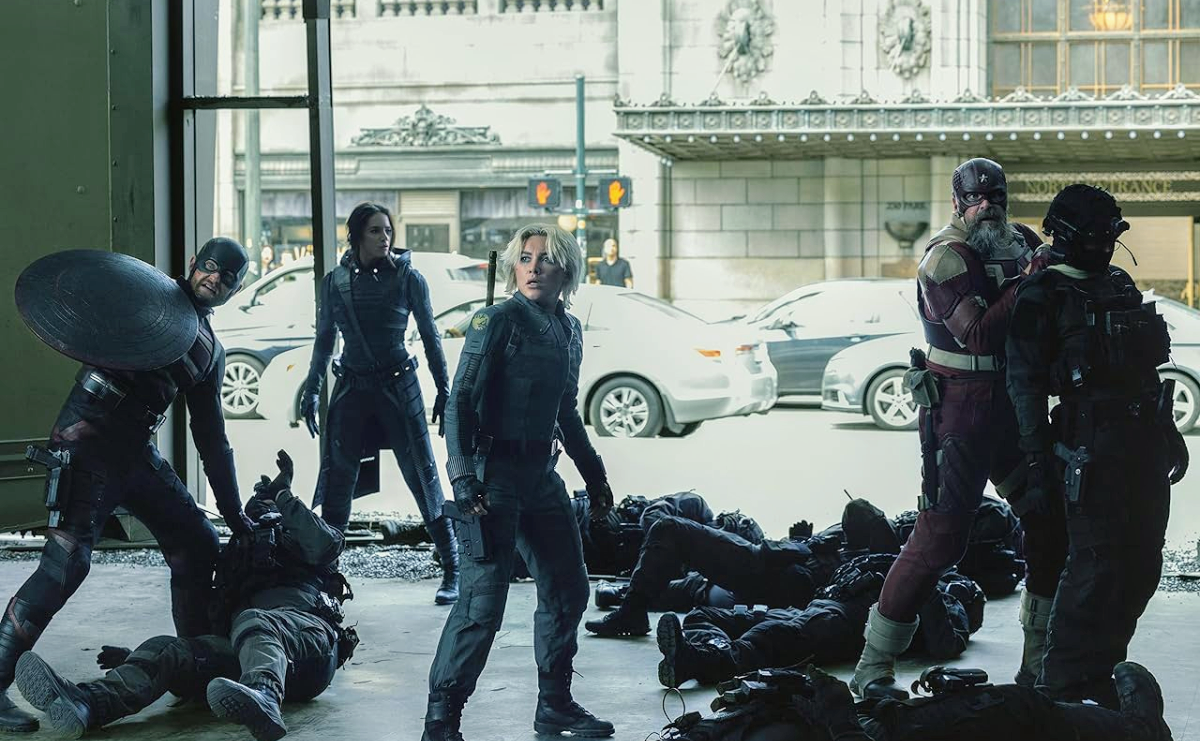
- Authentic Portraits of Antiheroes
There are no perfect heroes here, only survivors with scars. Yelena numbs her grief over Natasha with vodka. Red Guardian drives a rideshare while reminiscing about faded Soviet glory. Walker spirals into identity crisis after losing the shield.
These details deconstruct the traditional superhero mythos and reveal the humanity beneath the mask — flawed, avoidant, but still choosing to move forward. - Visualizing Psychological Trauma
The film transforms abstract mental illnesses into tangible threats — such as the all-consuming Void. When Yelena relives her brutal Red Room training in the Void, the warped spaces, shattered mirrors, and oppressive blacks make the psychological torment visceral.
This visual metaphor for inner demons carries more symbolic weight than alien invasions, earning the film the label: “Marvel’s darkest psychological experiment.” - Nuanced Acting Performances
- Florence Pugh conveys Yelena’s journey from self-loathing to hope through layered micro-expressions.
- Lewis Pullman, as Bob/Sentry, transitions from numbness to mania, nailing the torment of dissociative identity.
- David Harbour’s Red Guardian blends awkward fatherly love with dark Soviet humor, delivering Marvel’s most down-to-earth supersoldier.
III. A Deeper Core Beyond Superheroes
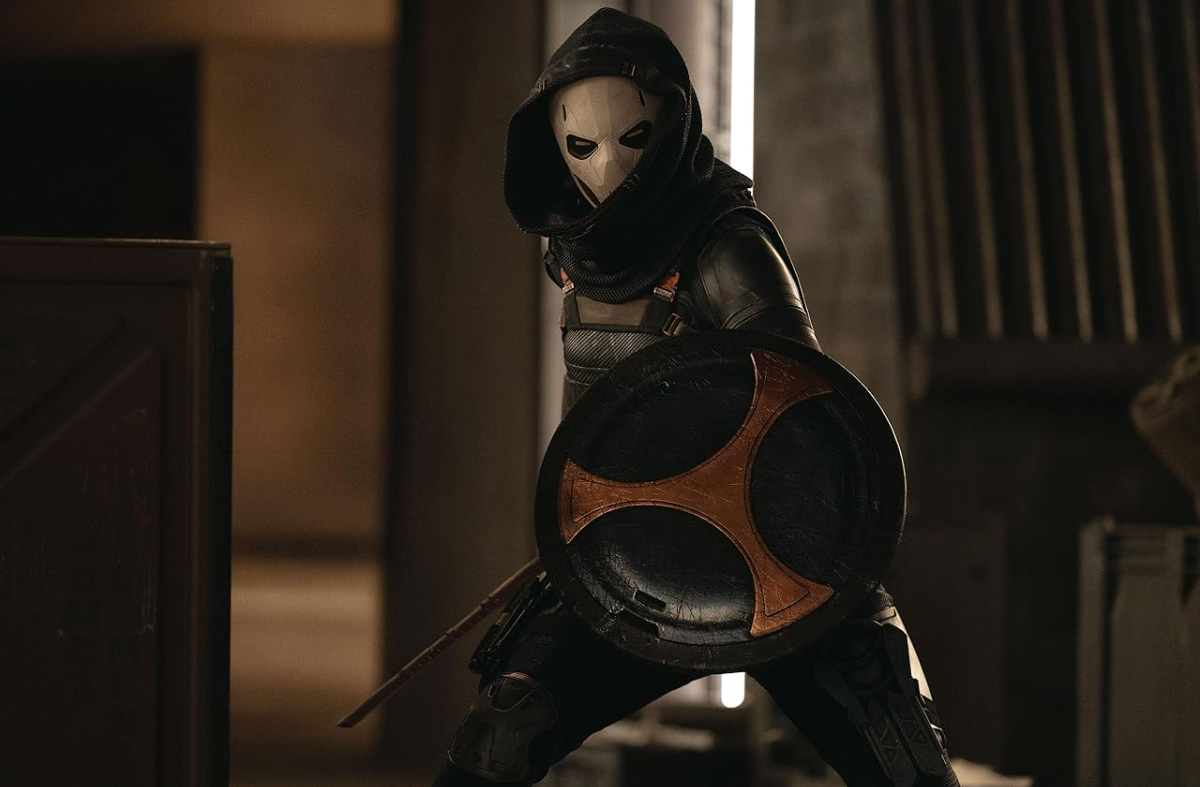
1. Redefining What It Means to Be a Hero
When Yelena declares, “We’re not good people, but we can do the right thing,” Marvel detaches heroism from moral perfection.
Thunderbolts shows us that heroism isn't about power — it’s about choice:
- Choosing to keep your conscience in a corrupt system
- Choosing light in the midst of darkness
2. Transforming Trauma
The film subtly follows the six-step model of Acceptance and Commitment Therapy (ACT): - Yelena accepts her grief over Natasha
- Bob sheds the “monster” label
- The team collectively finds purpose in protecting others
By doing so, it brings an unexpected psychological depth to the superhero genre and opens up conversations about mental health
3.Healing Through Community
These “low-budget heroes” find strength not in perfection, but in standing by each other.
- Bucky shields Ghost during the ice escape
- Walker takes a hit to save Yelena
These moments define true teamwork — not flawless synergy, but broken souls lifting each other up.
IV. Takeaways for the Audience
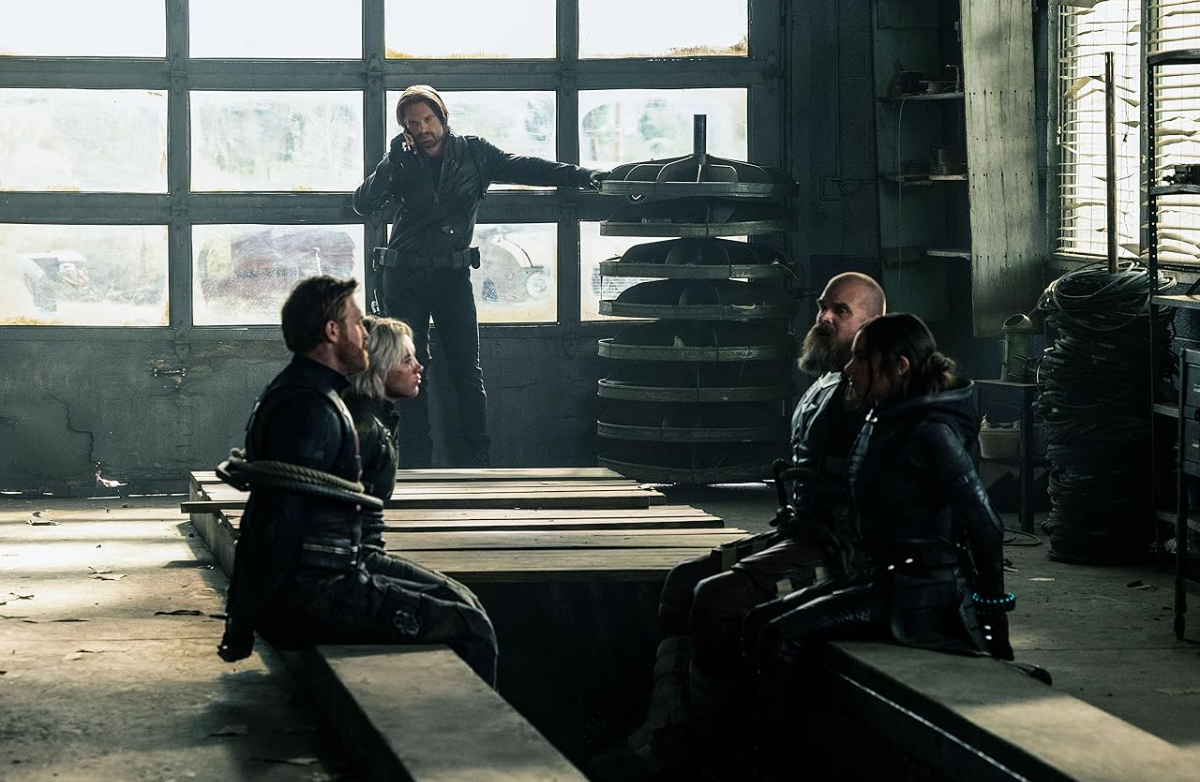
1. The Light of the Broken
When the Thunderbolts move into Stark Tower as the "New Avengers," their worn-out suits and tired eyes say it all:True heroism begins with accepting imperfection. Like Bob choosing the light inside the Void, we are reminded: anyone can find rebirth after trauma.
2. The Struggle Between Systems and Self
Valentina’s manipulation of the super-soldier program mirrors real-world abuse of power and dehumanization.
Their rebellion represents the fight for individual agency in a system designed to control.
3. Endless Possibilities Ahead
In the 2 minutes & 54 seconds end credit scene, the arrival of the Fantastic Four’s ship and the New Avengers emblem teases a major MCU realignment.
The Thunderbolts’ transformation from "discarded pawns" to "New Avengers" suggests that anyone can rewrite their fate.
